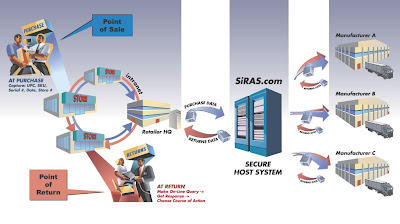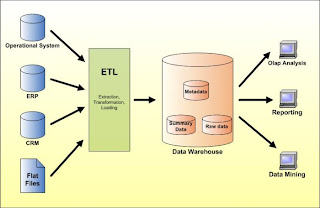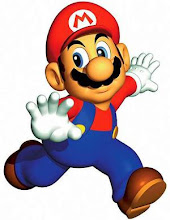
For decades this company has been providing millions with entertainment, becoming a household name. It has brought to life the fictional character Mario, and given us a popular new system that is in a league of its own with its motion controlled technology. This Japanese company's name translates to “leave luck to heaven”, this company is Nintendo.
Although we know Nintendo as a video game company, it
didn’t start this way. Around the 1880’s Nintendo gained some of its initial fame in Japan through the manufacturing of cards for a game known as
Hanafuda. It was a quick success and the company grew
quickly. As expansion was being planned, the creator’s grandson, (
Hiroshi Yamauchi), went to the U.S. to have a meeting with the major manufacturer of playing cards at the time. After this disappointing meeting, he was disillusioned and had a new aim for the company. The company took up many different ventures before stumbling upon its destined fortune.
Nintendo had extra revenue from its final strive in the card business. They has accessed Disney characters and placed them on the back of their playing cards. With this extra capital they tried different businesses. For example: a taxi company, chain of “love hotels”, TV network, and a food company. All were failed attempts and drained a large portion of Nintendo’s stock. Its final phase took place in 1966 with the toy industry, were they had some success.
Although this was one of their better ventures after playing cards, keeping up with the other toy companies (such as
Tomy and
Bandai) was not easy. The company decided to make one last shift into the home entertainment business. In the mid 1970’s, in cooperation with Mitsubishi Electronics, they developed a video game system that used an electronic video recording player. They went on to make one of the greatest games in the industry of its time, the coin operated game Donkey Kong.

From here on there success continued, with the release of the U.S. version of the Nintendo entertainment system in 1985. The inventions continued with each being a hit for its time all the way until present day, with its latest, the
Wii system.
Nintendo’s current CEO and President is
Satoru Iwata who took over in 2002, after
Hiroshi Yamauchi. He has appeared on the top 30 CEO’s list by Barron’s magazine in 2007. His presence was felt when he helped with the release of the game cube system, which helped generate a 41 percent increase in sales. Then while holding the CEO title, the release of the
Wii system and obvious rocketing stocks made a clear choice for this top 30 list. Nintendo has had a total of 4 presidents’ with
Satoru being the latest.
Timeline of Nintendo :
http://www.ncecbvi.org/students/keithNintendo.htmlNintendo's Ethical Policies

At Nintendo, business is govern to maximize corporate value continuously over the long-term, while carefully considering the benefits to its stakeholders and those who it affects, including its customers, shareholders, business partners, employees and the local community. Nintendo strives towards a highly transparent and sound corporate governance structure, and the continued improvement of corporate ethics.



 Wireless LAN
Wireless LAN



















